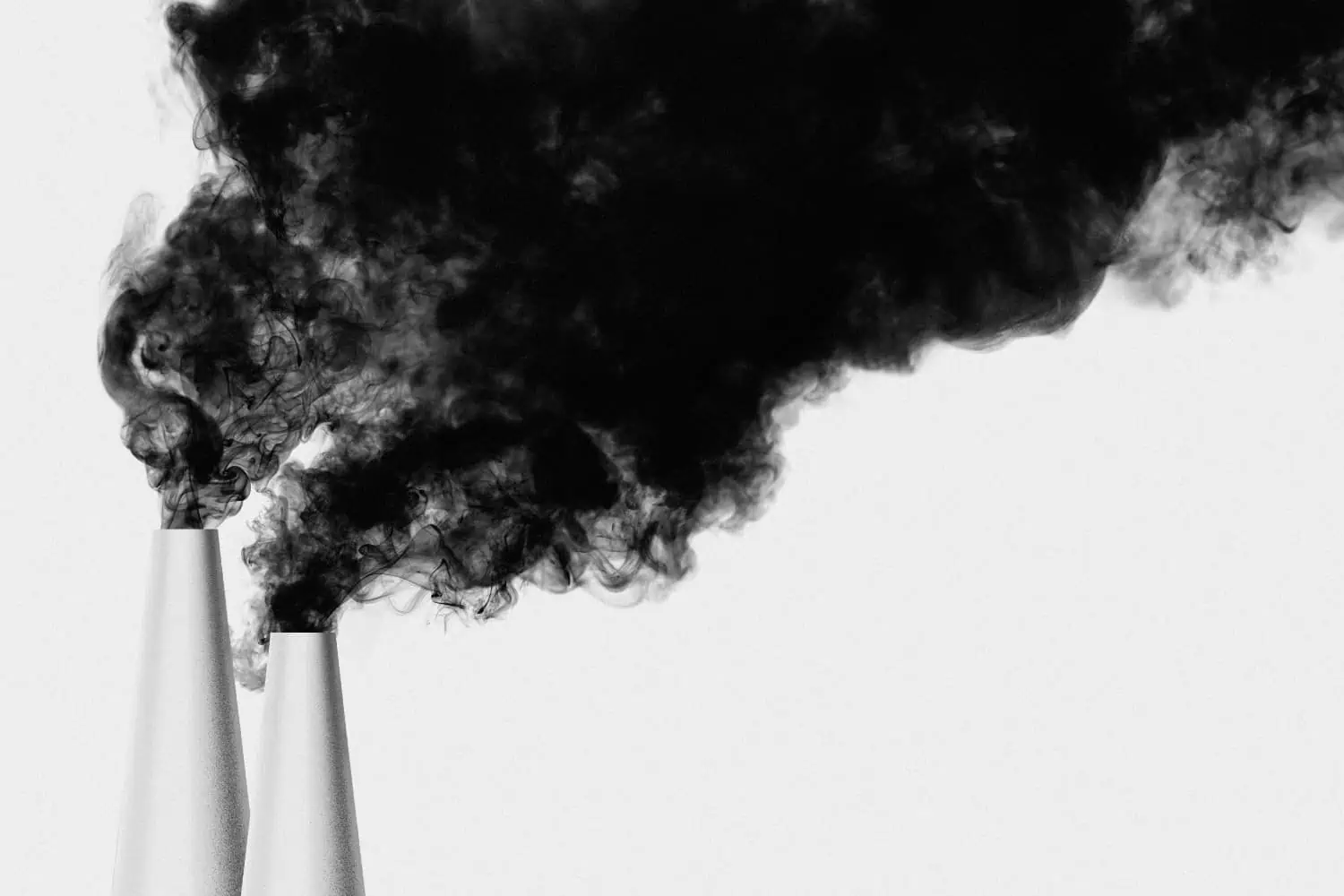On July 13th, 2022, UPL Chemical was torched as an act of vandalism. Resulting in a cloud of toxic smoke that blew through many Durban homes. Covering much of northern Durban in chemical smoke for more than a week. But up till now, it has been unknown exactly what chemicals these residents had been inhaling.
The Chemicals Inhaled
Airshed Planning Professionals in Midrand have identified 62 different chemicals that were likely present in the smoke. Stating that the more noteworthy of them all are hydrogen cyanide, hydrochloric acid, and bromine. There would also have been many other pollutants such as SO2, NO2, and PM. Which are more commonly associated with coal power plants.
The chemical disaster exposed a significant number of suburbs to high levels of toxins. Which could result in “irreversible or other serious, long-lasting adverse health effects”. However, many areas would have experienced considerably lower levels. Only causing temporary symptoms such as coughing, runny nose, and tearing eyes.
So far, UPL agrees with Airshed Planning Professionals’ report. Although, Airshed has added that the report is “based on a number of assumptions, including conservative assumptions based on a cautious approach, which assumptions may or may not be 100% accurate.”
Airshed also says that it was difficult to determine which pesticides burned in the fire and which washed away. The report states “It is difficult to determine the exact amount of the warehouse contents that washed away in the firewater, but for the purposes of the air pollution impact assessment, it was assumed that most of the highly flammable materials (e.g. solvents) would have been consumed in the fire, ranging between 85% to 95%, assuming an average of 90%”.
Areas Affected by the Chemical Disaster
Airshed has said they are treating the UPL chemical disaster as a “regional” incident. And rating its “impact significance” as “very high”.
The Durban suburbs most affected by the toxic smoke would have been those in the areas surrounding Reddam House Umhlanga School. As well as Blackburn Estate, and the informal settlement, Black Burn Village, which houses around 7000 people.
Further Contamination
As well as blanketing many areas of Duran in toxic smoke, the chemical disaster also led to many toxins reaching the Ohlanga River. Turning the Umhlanga Lagoon luminous turquoise and killing thousands of fish.
